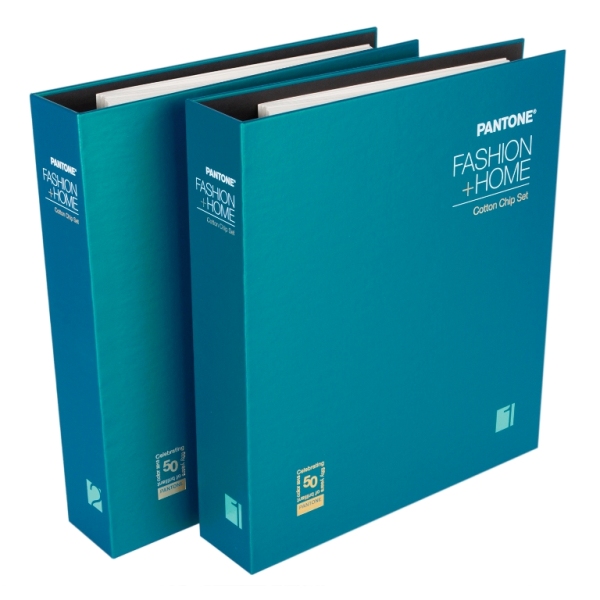Garment Inspection Process: Identifying Major and Minor Defects in Quality Control
AQL (Acceptance Quality Limit) 2.5 is a standard used in quality control inspections to determine the acceptable number of defects in a batch of products. It is commonly applied in garment inspection. AQL represents the worst quality level, which is still considered acceptable. The lower the AQL number, the stricter the inspection criteria.
AQL 2.5 means that for every 100 garments inspected, only up to 2.5% can have defects and still be considered an acceptable batch. This value can vary for different defect categories like major and minor defects.
Types of Defects:
Major defects: These could affect the product's functionality or appearance, causing customer dissatisfaction. A major defect makes the garment unsellable or unusable in its intended function.
Minor defects: These are smaller issues that don't affect the functionality or general appearance significantly and may not bother most customers. The product is still sellable.
Example of AQL 2.5 for Garment Inspection:
Let’s assume you are inspecting 200 shirts in a factory:
- Sample size: Based on the AQL table (such as ISO 2859-1), for a batch of 200 shirts, you might need to inspect 32 shirts.
- AQL Level 2.5 for major defects: You might allow a maximum of 1 or 2 major defects in these 32 shirts.
- AQL Level 2.5 for minor defects: You may allow more minor defects (for example, 2 to 3 defects) because they are less critical.
The entire batch would be rejected or subjected to additional checks if the number of major or minor defects exceeds the limits.
Example:
- 200 shirts need to be inspected.
- You select a sample of 32 shirts (following the AQL table).
- You find 1 shirt with a broken zipper (a major defect).
- You find 2 shirts with slight fabric misalignment (minor defects).
In this case:
- The 1 major defect falls within the acceptable range for AQL 2.5.
- The 2 minor defects also fall within the acceptable range for AQL 2.5.
Thus, the batch can be accepted. However, if you found 3 major defects, the batch would likely be rejected for failing to meet the AQL criteria.
Here’s an example of how an AQL chart might look for garment inspection, covering different AQL levels and types of defects (major and minor):
| Lot Size | Sample Size (Based on AQL Table) | AQL Level | Acceptance Level | Rejection Level |
|---|---|---|---|---|
| 51 - 90 | 8 | 2.5 (Major) | 0 | 1 |
| 4.0 (Minor) | 1 | 2 | ||
| 91 - 150 | 13 | 2.5 (Major) | 1 | 2 |
| 4.0 (Minor) | 2 | 3 | ||
| 151 - 280 | 20 | 2.5 (Major) | 2 | 3 |
| 4.0 (Minor) | 3 | 4 | ||
| 281 - 500 | 32 | 2.5 (Major) | 3 | 4 |
| 4.0 (Minor) | 4 | 5 | ||
| 501 - 1200 | 50 | 2.5 (Major) | 5 | 6 |
| 4.0 (Minor) | 6 | 7 | ||
| 1201 - 3200 | 80 | 2.5 (Major) | 7 | 8 |
| 4.0 (Minor) | 8 | 9 |
Key Points:
- Lot Size: Number of units in the batch to be inspected.
- Sample Size: Number of garments you’ll inspect based on the AQL sampling plan.
- AQL Level: The acceptable quality level. A lower AQL (e.g., 1.0) means stricter quality control.
- Acceptance Level: The maximum number of defects allowed for the batch to pass inspection.
- Rejection Level: If the number of defects exceeds this value, the batch fails the inspection.
This is a general structure, and the numbers could vary depending on the product, industry standards, and AQL level used.







